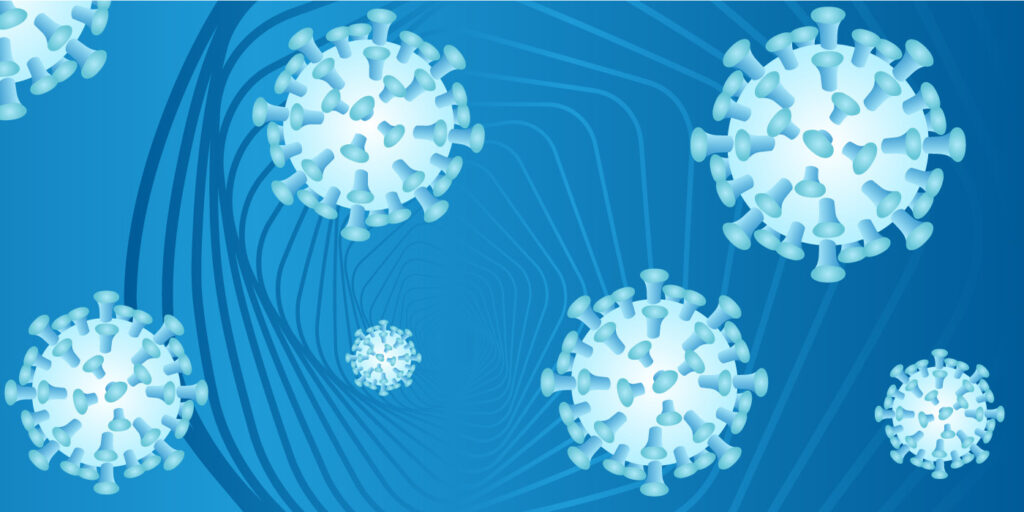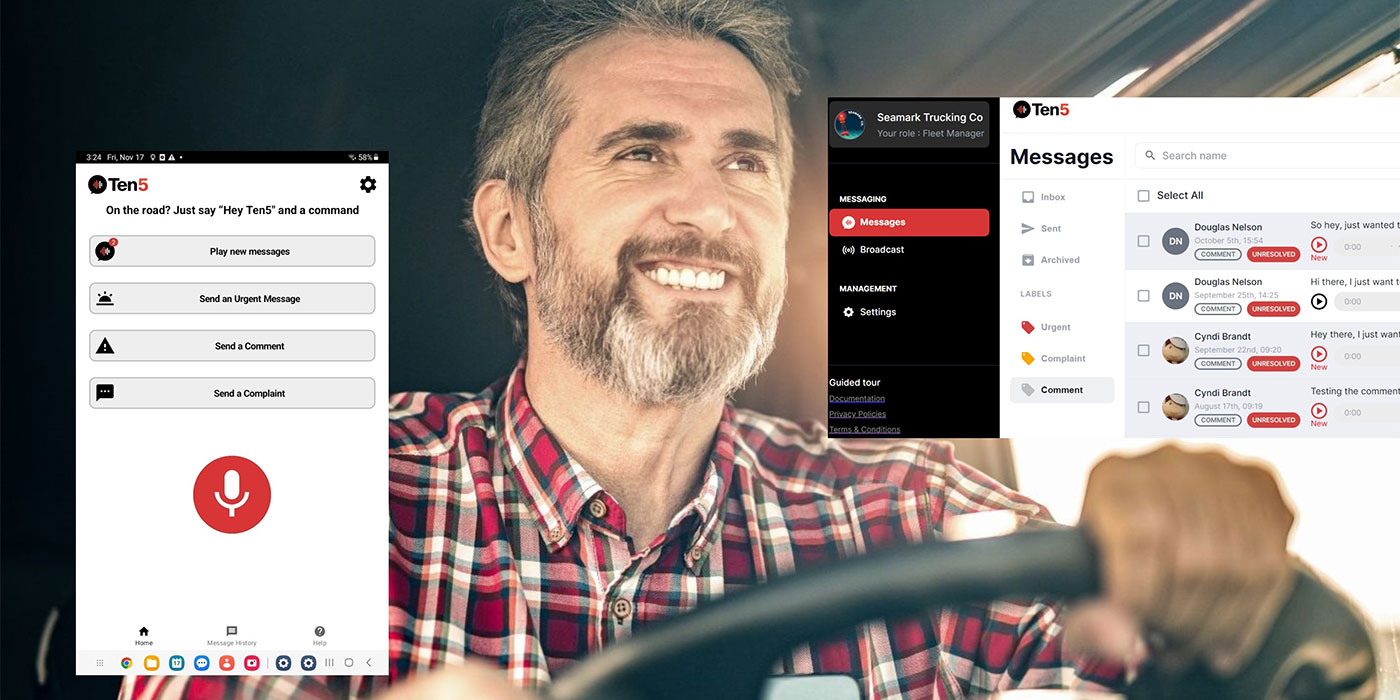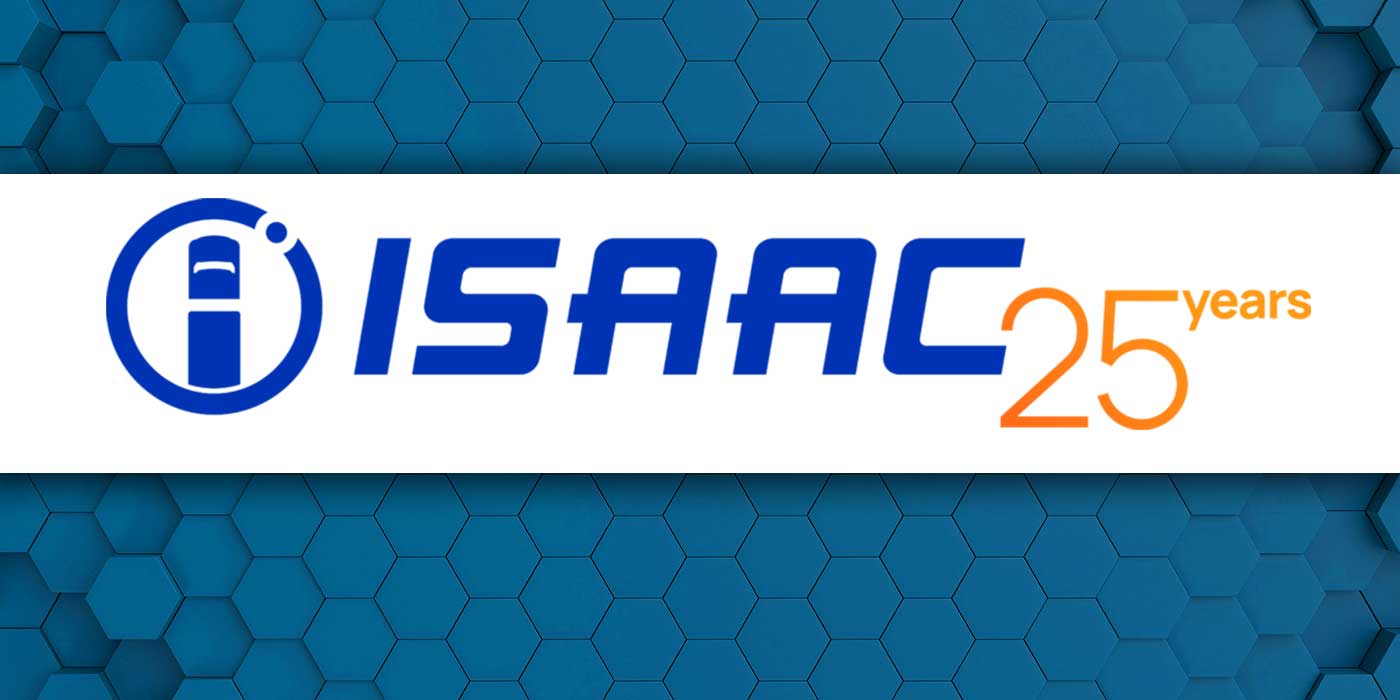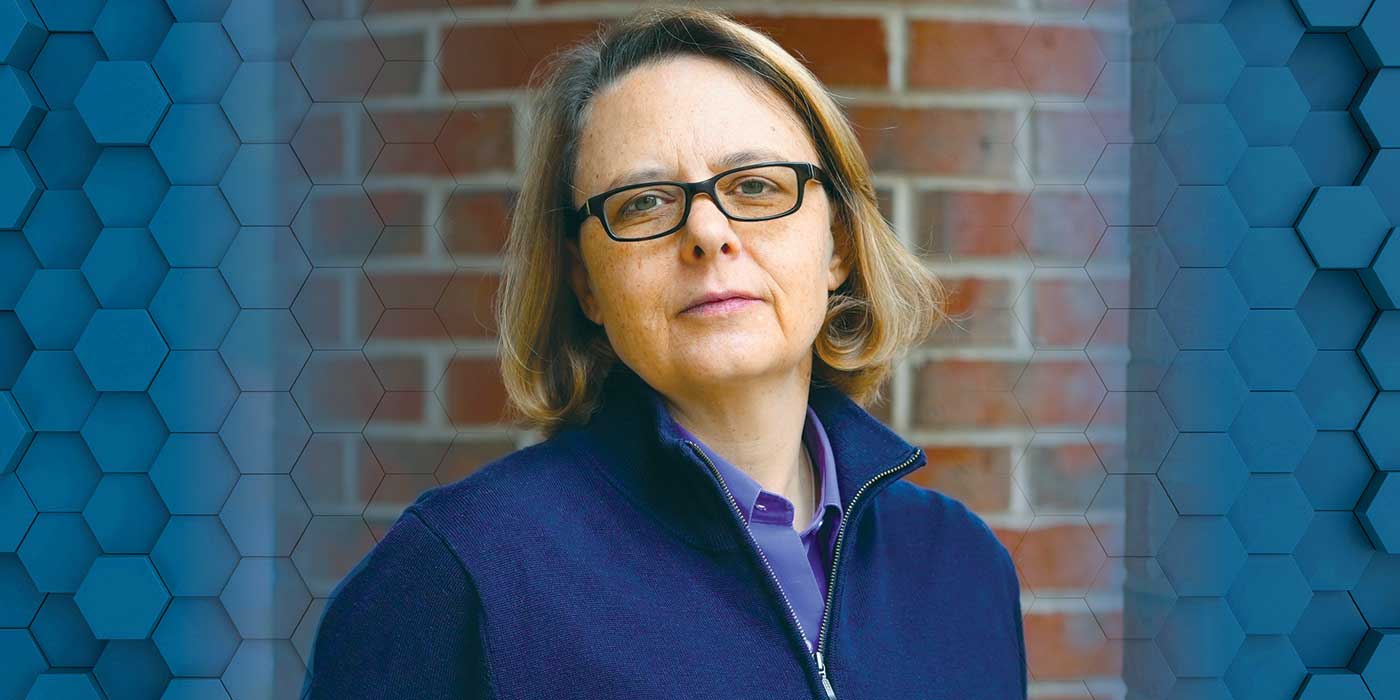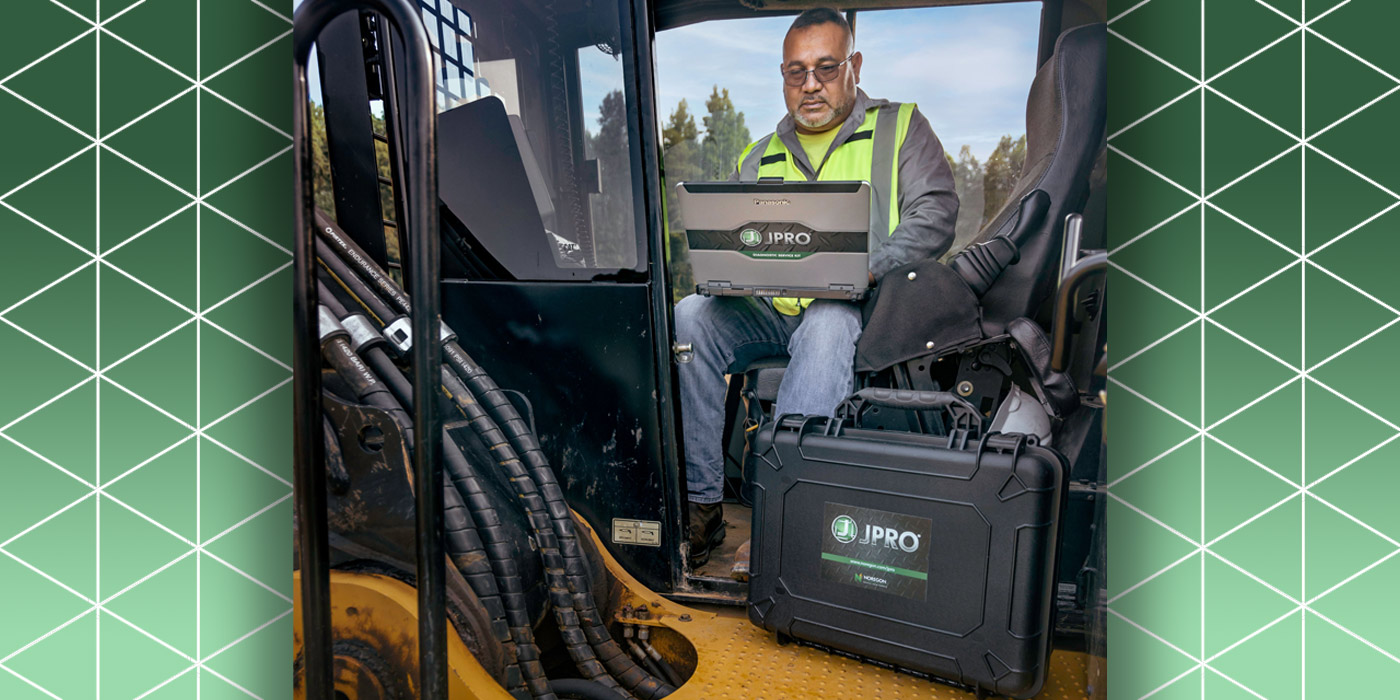Since the onset of the COVID-19 pandemic in 2020, businesses have dealt with the rapid adoption of social distancing and enhanced safety and health protocols. Aftermarket manufacturers have responded with innovations that help prevent the spread of infection to drivers and passengers, which augment their selection of components that optimize the overall experience of driving and vehicle maintenance.
For a van that provides transportation to a family of five or a delivery vehicle that is operated by multiple drivers on a weekly basis, it can be challenging to keep the cabin free of potential exposure to microbial pathogens like COVID-19. The Centers for Disease Control and Prevention (CDC) advises frequent cleaning and disinfection of the interior surfaces.
In 2020, the General Services Administration (GSA) recognized the special challenges faced when keeping a shared resource, such as a vehicle, free of the potential for exposure to microbial pathogens like COVID-19. This is especially true for vehicles that leave the custody of the fleet operator for use by others, including service technicians. It also recommended the use of cleaners that do not contain substances that could damage the interior, such as bleach, hydrogen peroxide, chlorinated disinfectants and those that are scented. Other advice included never to use ammonia on touchscreens and dashboards, as well as never to mix cleaning chemicals.
While detergents and other surface cleaners can help prevent the spread of infection, a consistent cleaning regime must be followed for it to be effective. The difficulty in tracing and detecting a pathogen complicates the effective disinfection of a vehicle’s interior. According to the National Institutes of Health (NIH), the COVID-19 virus can remain stable for hours, or even days, including up to 24 hours on cardboard and two to three days on plastic and stainless steel.
A safe and effective alternative to cleaning fluids is the use of ozone to clean the interior of the vehicle. In fact, researchers at Fujita Health University in Japan found that ozone gas in concentrations of 0.05 to 0.1 parts per million (ppm), which is a range considered safe for humans, can kill the COVID-19 virus and help disinfect hospitals. Furthermore, a study in 2009 that tested ozone decontamination on 12 different viruses, including the mouse coronavirus (MCV), found that the nature of the surfaces being disinfected didn’t affect the outcome; plastic, glass, cotton and stainless steel all showed the same level of inactivation. It also found that the degree of dilution of the virus or the presence of cellular debris did not diminish efficacy. All 12 virus types were 99% eliminated.
Ozone is formed when an electric discharge separates oxygen molecules (O2) into single molecules of atomic oxygen (O1). Three-atom molecules (O3) are then formed, which is ozone gas. One of these oxygen atoms is electron-deficient, which makes the gas highly unstable.
The instability of ozone causes oxidization, which occurs when the electron-deficient gas reacts with surface contaminates to disrupt their molecular structures. For example, in the case of viruses like COVID-19, ozone gas oxidizes the RNA or DNA molecules. Oxidization is a particularly effective method of destroying microorganisms because it prevents pathogens from developing a tolerance to ozone. It neutralizes not only viruses, but also bacteria, fungi and molds, as well as their odors. It is especially effective in destroying pathogens that are absorbed into the interior’s upholstery and accumulated in the air conditioning circuit.
Ozone generators, such as MAHLE OzonePRO Professional Sanitation Systems, are used to inject ozone gas into an interior space to target pathogens until an appropriate level of sanitation is reached. To ensure operator protection, as well as required sanitation, ozone generators include software that applies sensor readings to provide an analysis of the vehicle and its air volume, temperature, humidity and barometric pressure, among other conditions. Data are then used to calculate ozone concentration and length of the sanitation process. A consistent level of saturation will help to avoid persistently excessive or inadequate saturation and timespans. When the interior is thoroughly disinfected, the ozone generator is removed, and the interior’s ozone falls to a safe level again. The generator will create an ozone level that is high enough to destroy microbes like COVID-19 but remains low enough to avoid damaging materials typically found in vehicle interiors.
The MAHLE OzonePRO Professional Sanitation System is an example of current technology and innovation applied to an ozone generator. It is lightweight and portable, has a 5,000 mg/h capacity, and is powered via the vehicle’s 12-volt cigarette lighter socket. With the Bluetooth-enabled MAHLE O3-Easy mobile device application, operators can manage the generator and monitor the sanitation process remotely. The OzonePRO system will also prepare a sanitation report upon completion of the process, which can be sent electronically or printed. It is also compatible with MAHLE TechPRO diagnostics and MAHLE ArcticPRO ACX AC stations.
The COVID-19 pandemic has heightened awareness of the need to prevent infection from pathogens like viruses, as well as bacteria, fungi and mold. To protect the health of drivers, passengers, mechanics and others, fleet managers have a range of methods to choose from. Among these methods is using ozone, which is a natural gas and highly effective when generated with safe, dependable and easily operated equipment. MAHLE OzonePRO Professional Sanitation Systems use ozone gas to sterilize a vehicle’s interior and eliminate odors. In addition to its light weight and automated operation that controls ozone levels and process time, it offers digital integration with mobile devices and report generation when the sanitation process is complete. In the face of a viral pandemic, fleet operators now have technology that helps them remain attentive to the protection of their employees’ and clientele’s health.
Ted Hughes, MAAP, is the director of marketing for MAHLE Aftermarket Inc. North America.

